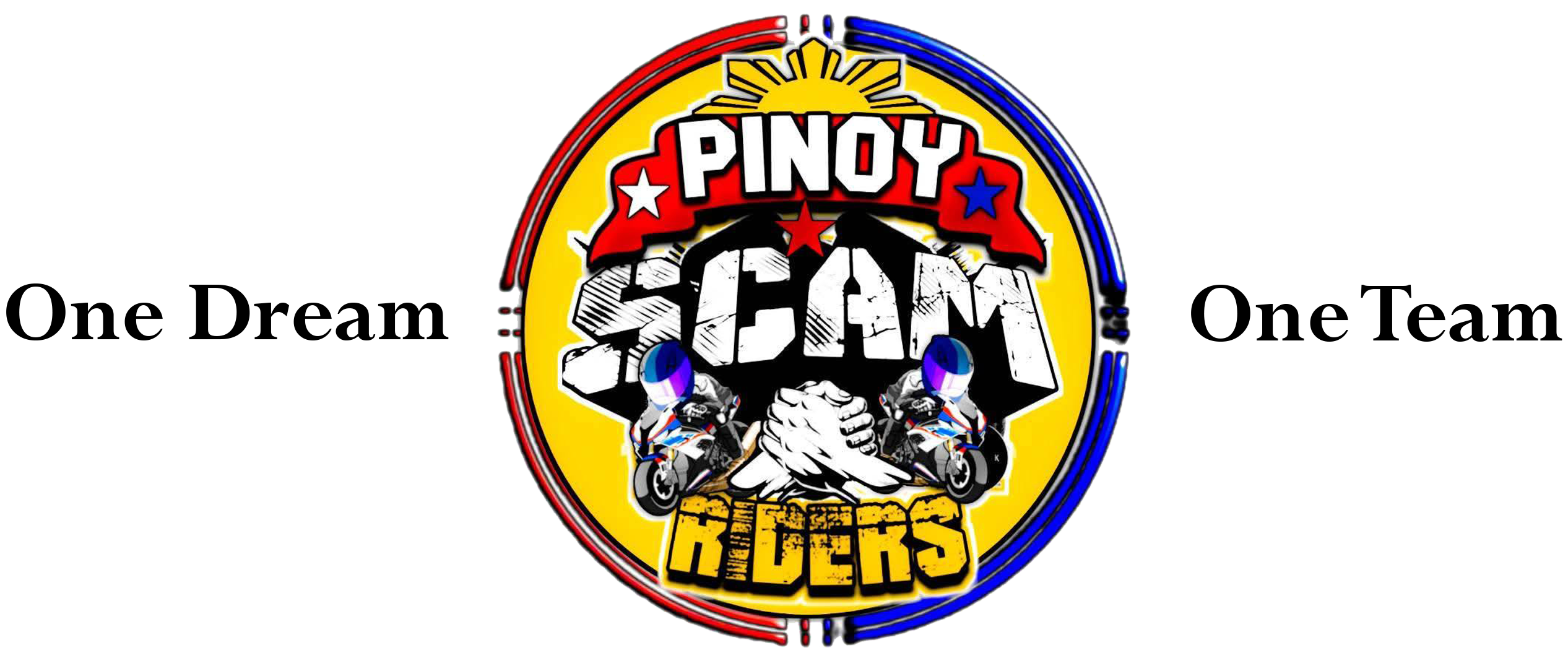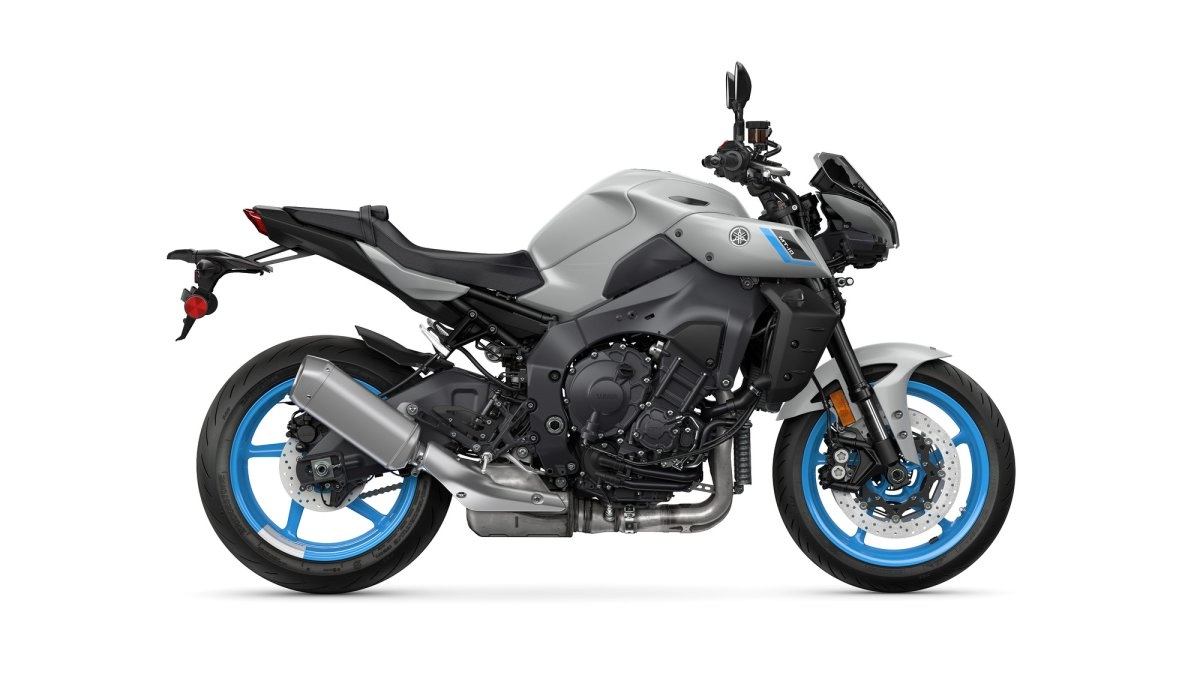MT Styling: Compact, Aggressive
By eliminating extraneous bodywork components and refocusing attention on the muscular engine and small frame’s pure mechanical beauty, a stripped-down appearance is accomplished. Together with a small nose assembly, twin-eye mono-focus LED headlights and LED position lights above the headlights reduce overhang and provide a sophisticated, commanding look. The aggressiveness of the bike is further enhanced by larger, functional intake ducts that are installed on either side of the fuel tank top.MT Styling: Compact, Aggressive
By eliminating extraneous bodywork components and refocusing attention on the muscular engine and small frame’s pure mechanical beauty, a stripped-down appearance is accomplished. Together with a small nose assembly, twin-eye mono-focus LED headlights and LED position lights above the headlights reduce overhang and provide a sophisticated, commanding look. The aggressiveness of the bike is further enhanced by larger, functional intake ducts that are installed on either side of the fuel tank top.
IMU on Six Axis with Rider Aids
The incorporation of Yamaha’s cutting-edge six-axis Inertial Measurement Unit to the MT-10 represents a major technological development. Lean-sensitive traction control, a Slide Control System (SCS), a front wheel Lift Control System (LIF), Engine Brake Management (EBM), and a Brake Control (BC) System with lean-sensitive ABS are among the rider aids made possible by the MT-10’s IMU, which was first developed for the YZF-R1. It is now a lighter and smaller unit with two sensors that measure three-axis acceleration and three-axis angular velocity.
Updated – High-Torque CP4 Engine, 998cc
A more sophisticated 998cc liquid-cooled CP4 crossplane engine, adapted from the race-ready YZF-R1 motor, powers the MT-10’s next generation. The most powerful and cutting-edge engine ever seen on a Yamaha Hyper Naked motorcycle, it delivers torque in a linear fashion. The intake and exhaust system designs have been altered, and fuel injection settings have been improved, giving the MT-10 a more robust, street-focused engine character.
Grilles for Acoustic Amplifiers
The air box’s three different-length intake ducts are engineered to vibrate harmoniously at different engine speeds, creating a unique intake scream that improves the entire riding experience and adds to the crossplane CP4 engine’s distinctive noise. The joy of opening the throttle is increased by the Acoustic Amplifier Grilles on the front left and right of the fuel tank, which send this tuned induction soundscape straight to the rider.
Quick Shift System Advanced (QSS)
The MT-10 is equipped with a sophisticated up-and-down Quick Shift System (QSS) as default. This system makes full-on acceleration more thrilling, downshifting smoother and faster, and causing less chassis disturbance when shifting gears by enabling swift, clutchless transferring both up and down the gear box.
4.2-Inch Full-Color TFT Display
A scrolling menu lever on the right handlebar and a quick-select mode switch on the left handlebar manage the MT-10’s user-friendly function navigation and high-end full-color 4.2-inch TFT display as standard.
Advanced APSG Ride-By-Wire Throttle
Based on movement detected at the throttle grip, the advanced Yamaha Chip Controlled Throttle (YCC-T) system instantaneously determines the optimal throttle valve opening. Additionally, the MT-10 has an Accelerator Position Sensor Grip (APSG), which creates a natural throttle feel by using a spring, slider, and gear mechanism. By selecting from four distinct power modes via the PWR (Power delivery mode) lever, the rider can also pre-select throttle response characteristics.
Innovative Chassis
Similar to the YZF-R1 superbike, the MT-10’s aluminum Deltabox frame makes for a responsive, lightweight chassis designed for agility thanks to its incredibly small 55.3-inch wheelbase. For exceptional road holding and an adjustment range suitable for a range of street or track situations, the MT-10 mounts fully adjustable KYB® suspension, both front and rear.
Crossplane Crankshaft Engine Derived from R1
Developed in Yamaha’s iconic YZF-R1 superbike, the powerful 998cc inline four-cylinder engine uses the same Crossplane Crankshaft technology. In order to offer a direct link between the throttle and back wheel for optimal traction and linear torque feeling, the crossplane design almost completely eliminates inertial engine torque. With arm-stretching top-end power and fantastic torque at low and mid-rpm, the MT-10 engine is tuned especially for the demands of the high-performance street rider.
Modern-Day Engine Design
The engine architecture of the MT-10 produces the best street sportbike in terms of performance. Strong, lightweight forged pistons and carburized fracture-split connecting rods that pass through a very stiff, closed-deck cylinder block guarantee engine dependability. The engine’s cylinders have plated bores for superior heat dissipation and cylinder sealing, and they are slightly offset to minimize friction losses. In order to increase power and economy, the rocker-arm valve actuation uses the lever ratio of each rocker arm to enable higher valve lifts while utilizing lower camshaft lobes and less spring pressure.
Small Stacked Gearbox
The engine is kept shorter front-to-back by the six-speed transmission’s triangle arrangement of crankshaft input and output shafts, which centralizes mass.
Adjusted Intake Mechanism
The air box’s three different-length intake ducts are engineered to vibrate harmoniously at different engine speeds, creating a distinctive intake scream that improves the entire riding experience while also increasing efficiency. The forceful, purposeful appearance is enhanced by larger ducts on either side of the fuel tank, which further improve intake efficiency.
Large-Capacity Cooling Mechanism
While a small air-cooled oil cooler maintains constant oil temperatures under all circumstances, a sizable curved radiator controls engine heat. Simplified pipe and hose routing reduces weight and the requirement for extra parts.
Superior Clutch
Yamaha’s assist and slipper clutch allows the rider to comfortably handle the torque of the MT-10’s high-output, inline-four motor while providing smoother, more confident downshifts while aggressively entering turns and a lighter pull effort at the lever.
IMU with Rider Aids on Six Axles
Yamaha’s cutting-edge six-axis Inertial Measurement Unit adds a major technological improvement to the MT-10. The MT-10’s IMU, which was first created for the YZF-R1, has since been reduced in size and weight. It now has two sensors that measure three-axis acceleration and three-axis angular velocity. This allows for a number of rider aids, such as lean-sensitive traction control, a Slide Control System (SCS), a front wheel Lift Control System (LIF), Engine Brake Management (EBM), and a Brake Control (BC) System with lean-sensitive ABS.
Quick Shift System Advanced (QSS)
The MT-10 has an advanced up/down Quick Shift System (QSS) as standard. This system makes full-on acceleration more thrilling, downshifting smoother and faster, and causing less chassis disturbance when shifting gears by enabling swift, clutchless transferring both up and down the gear box.
Yamaha Ride Control (YRC) in Four Modes
While the MT-10’s electronic rider aids may all be changed separately, Yamaha Ride Control (YRC) makes things easier for owners by providing four selectable riding modes, each with pre-set system settings for traction control, SCS, QSS, LIF, EBM, and BC to suit ride preferences.
YVSL, or Yamaha Variable Speed Limiter
The Yamaha Variable Speed Limiter (YVSL), another important technological innovation of the MT-10, allows the rider to restrict the motorcycle’s top speed so that a rider-selected speed is not inadvertently exceeded.
4.2-Inch Full-Color TFT Display
A scrolling menu lever on the right handlebar and a quick-select mode switch on the left handlebar manage the MT-10’s user-friendly function navigation and high-end full-color 4.2-inch TFT display as standard.
APSG Now Offers Advanced Ride-By-Wire Throttle
Based on movement detected at the throttle grip, the advanced Yamaha Chip Controlled Throttle (YCC-T) system instantaneously determines the optimal throttle valve opening. Additionally, the MT-10 has an Accelerator Position Sensor Grip (APSG), which creates a natural throttle feel by using a spring, slider, and gear mechanism. By selecting from four distinct power modes via the PWR (Power delivery mode) lever, the rider can also pre-select throttle response characteristics.
System of Cruise Control
The YCC-T powers the cruise control system on the MT-10. The left handlebar switchgear makes it simple for the user to choose or modify a predetermined pace, which makes long-distance highway touring more comfortable.
Aluminum Frame Deltabox
With its ultra-compact 55.3-inch wheelbase, the MT-10’s lightweight and responsive chassis is made possible by an aluminum Deltabox frame that was taken from the YZF-R1 superbike. For the best cornering performance, the engine is used as a stressed part of the frame, which employs a strength-rigidity balance designed especially for the MT-10.
The KYB® Fork is fully adjustable.
With 4.7 inches of travel and full adjustability, the MT-10’s inverted 43mm KYB® front fork provides exceptional road holding and front-end feel, as well as an adjustment range suitable for a range of road or track situations.
Type of Linkage: KYB® Shock
The rear bottom link pivot location of the four-way adjustable KYB® piggyback-style shock is positioned strategically for the best handling and superior engine torque transfer to the tarmac. Similar to the front fork, the MT-10’s rear suspension has a smooth, well-managed 4.7-inch wheel travel with a large range of adjustment.
Strong, Manageable Brakes with Cutting-Edge ABS
Yamaha’s sophisticated Brake Control (BC) System, which was developed on racetracks all over the world, reduces brake slippage when braking aggressively or on unfavorable terrain by combining with an Anti-lock Braking System (ABS). Excellent braking force and control are provided by high-specification braking components such as massive 320mm front discs, 220mm rear discs, sintered brake pads, and radial-mount, four-piston front calipers.
High-performance tires and lightweight wheels
For agile steering and a smooth suspension, the MT-10 rides on lightweight, five-spoke aluminum wheels. The Bridgestone Battlax Hypersport S22 tires, which have a massive 190/55ZR17 at the back and a 120/70ZR17 up front, are designed especially for the MT-10 and offer handling and grip that matches the chassis.
Rider-centered ergonomics
The MT-10’s ergonomics prioritize increased control and comfort. When the rider clutches the gasoline tank with their knees during severe braking or cornering, the reduced protruding regions around the tank provide greater mobility and improved feel. The “bar/footrest/seat relationship,” or “rider triangle,” is designed to make it feel like you’re sitting closer to the bike. Furthermore, seat stiffness improves comfort.
Superior Performance Complete LED Lighting
Together with a small nose assembly, twin-eye mono-focus LED headlights and LED position lights above the headlights reduce overhang and provide a sophisticated, commanding look. Excellent lighting is produced by separate high and low beam units, which create a strong, uniform beam with softer light at the periphery. Additionally, there are LED turn signals and a small LED tail light.
Forceful MT Styling
The MT-10, the undisputed monarch of the MT series, exudes raw ferocity from every angle. Its minimalistic appearance is the result of cutting off extraneous bodywork, honing the nose assembly, and drawing attention back to the strong engine and small frame’s pure mechanical beauty.
All Set to Accessorize
The MT-10 is delivered prepared for customization. It is perfect for attaching a variety of Genuine Yamaha accessories, such as windscreens and chassis protection, because of the exposed hardware. You may recharge your personal mobile devices or other electrical equipment using a regular 12V DC power outlet.



